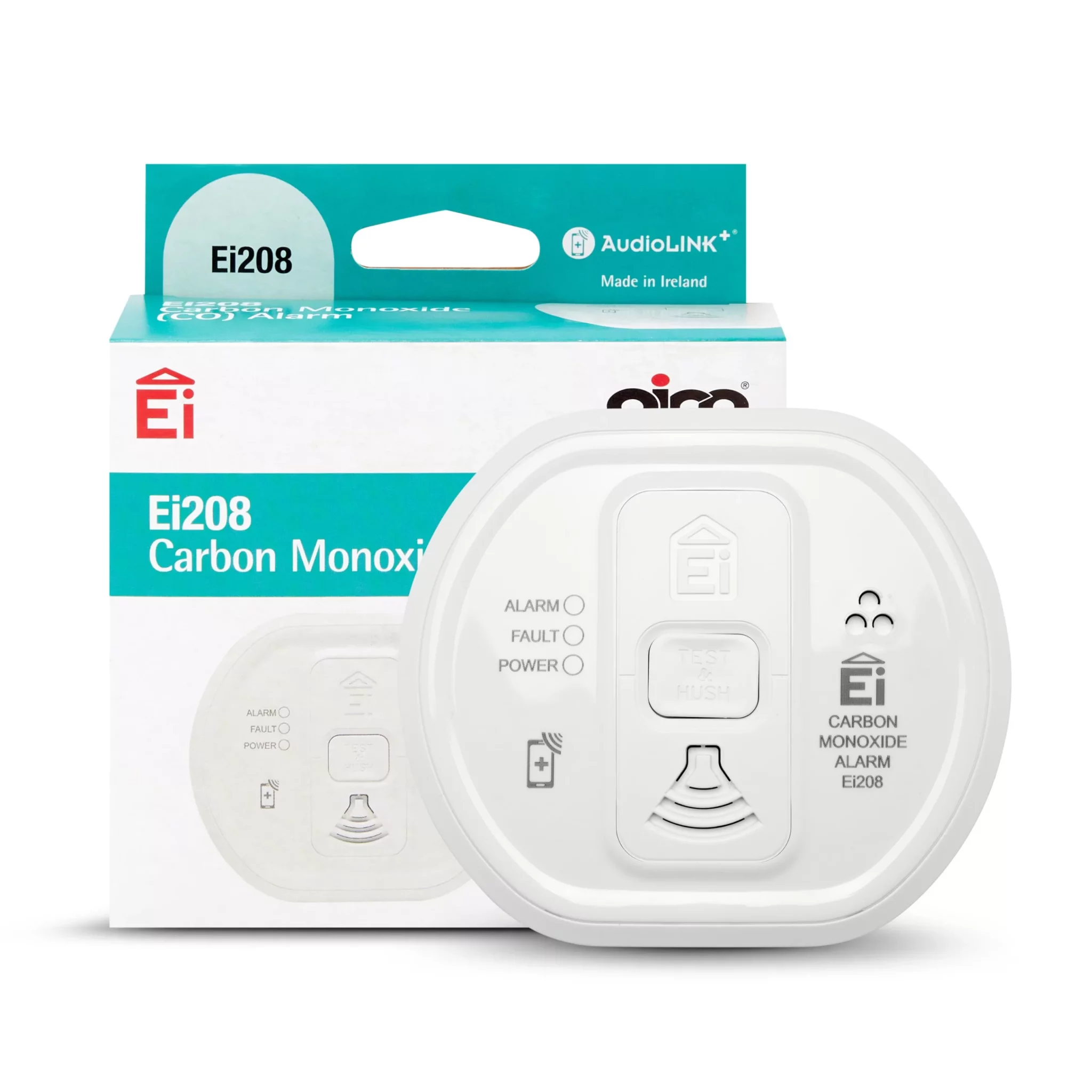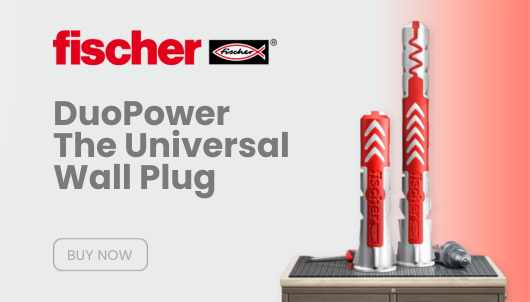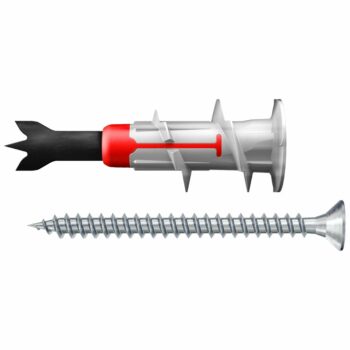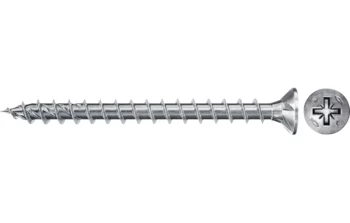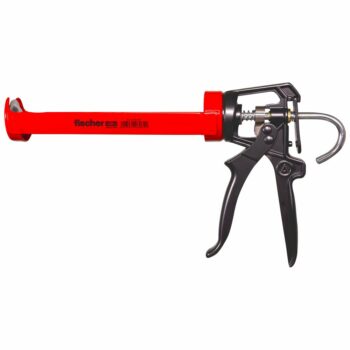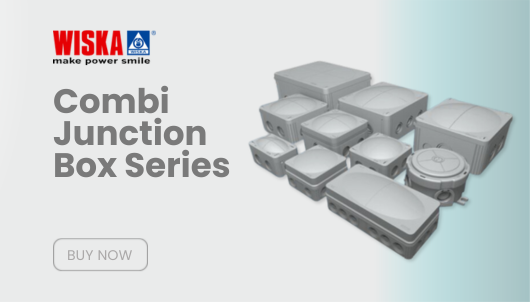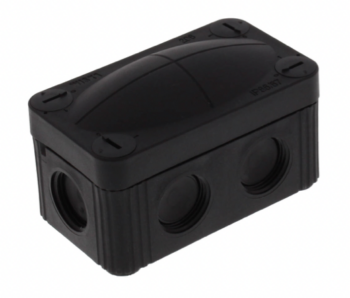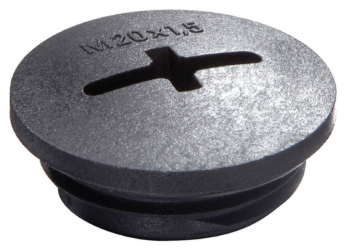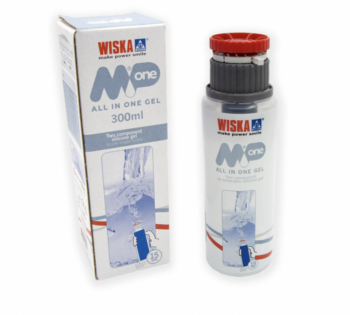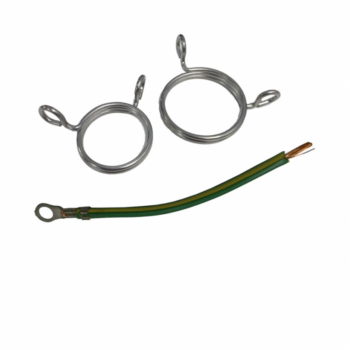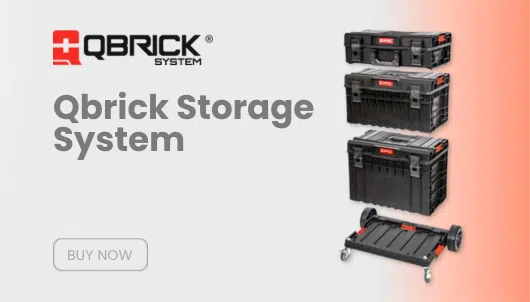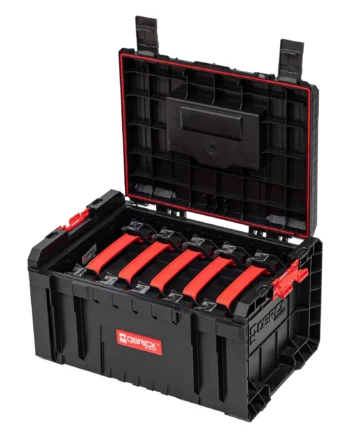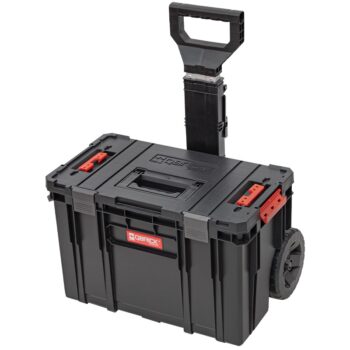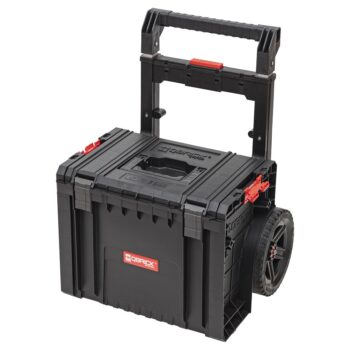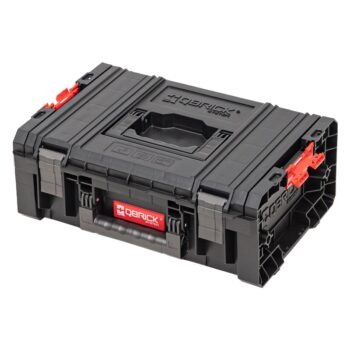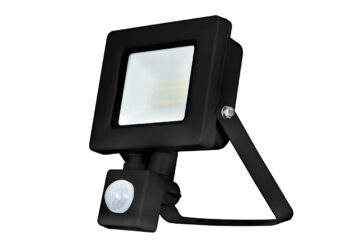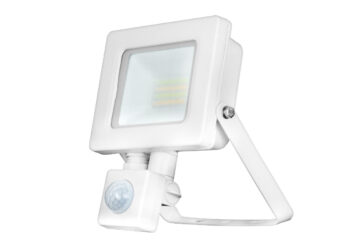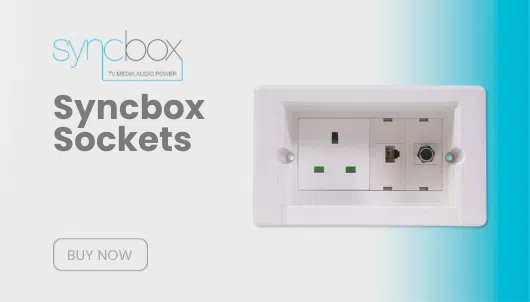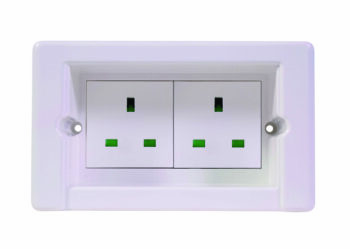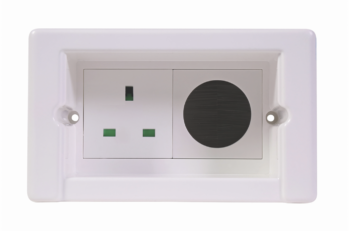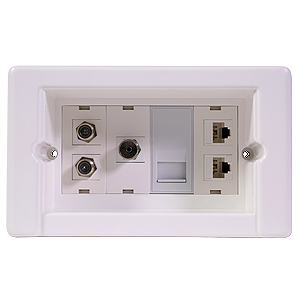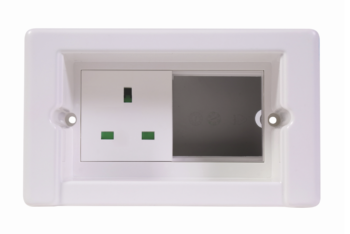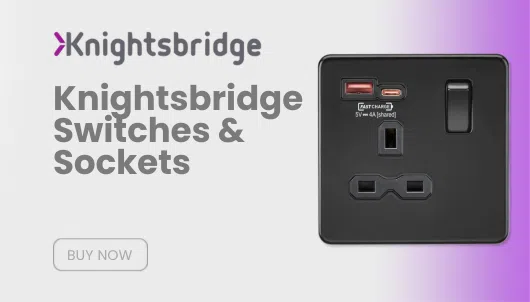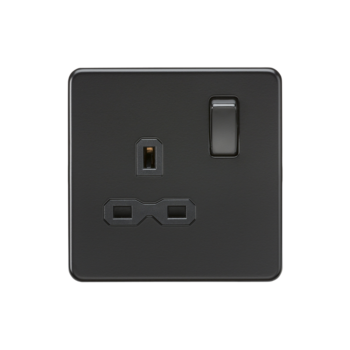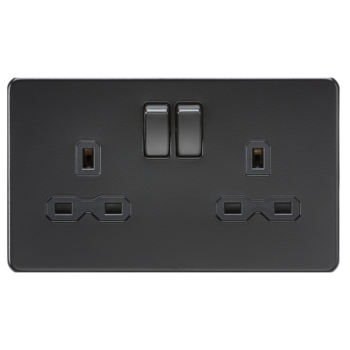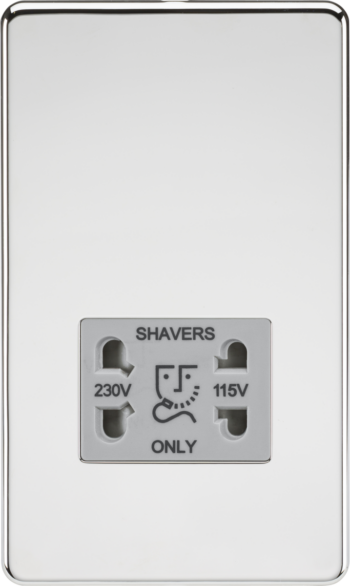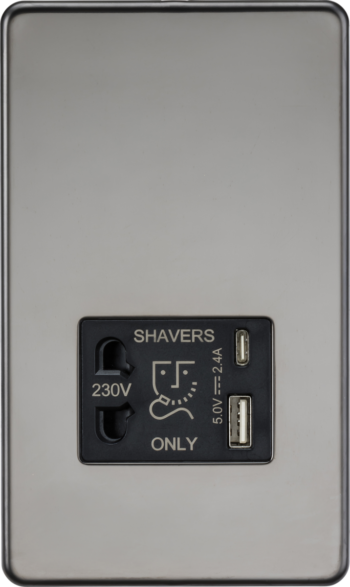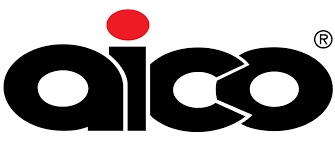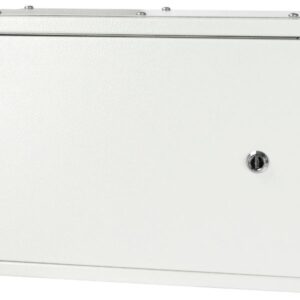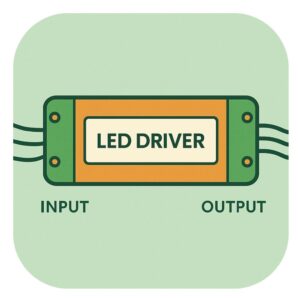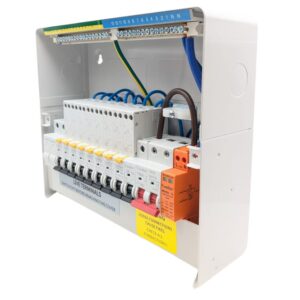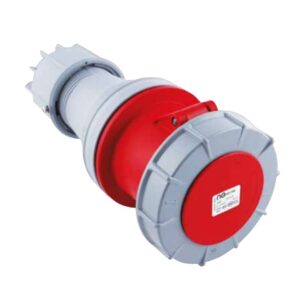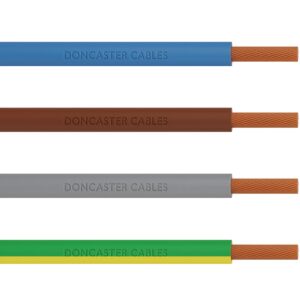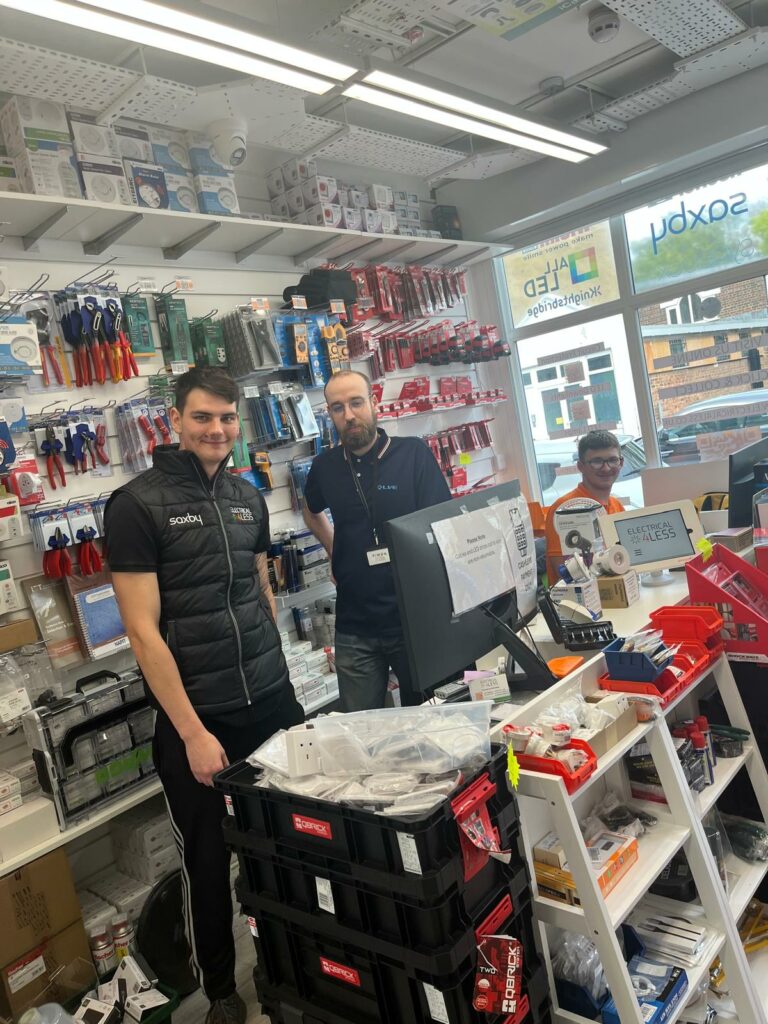The Ultimate Guide to Buying Carbon Monoxide Alarms
Carbon monoxide (CO) alarms are essential for ensuring safety in your home or workplace. This invisible, odorless gas can be deadly if not detected early, making CO alarms a critical component of any comprehensive safety plan. In this detailed guide, we’ll explore everything you need to know about buying and using carbon monoxide alarms, including technical specifications, installation tips, and why Aico is a trusted brand for CO safety solutions.
What Are Carbon Monoxide Alarms?
A carbon monoxide alarm is a device designed to detect the presence of carbon monoxide gas in the air. Unlike smoke alarms, which detect particles from fire, CO alarms are specifically designed to sense the presence of carbon monoxide—a dangerous gas that can be produced by malfunctioning fuel-burning appliances, vehicles, or even through incomplete combustion of fuels.
Carbon monoxide is known for its colorless and odorless properties, which makes it incredibly difficult to detect without the aid of specialized equipment. Therefore, having a reliable CO alarm is crucial for early detection and prevention of CO poisoning.
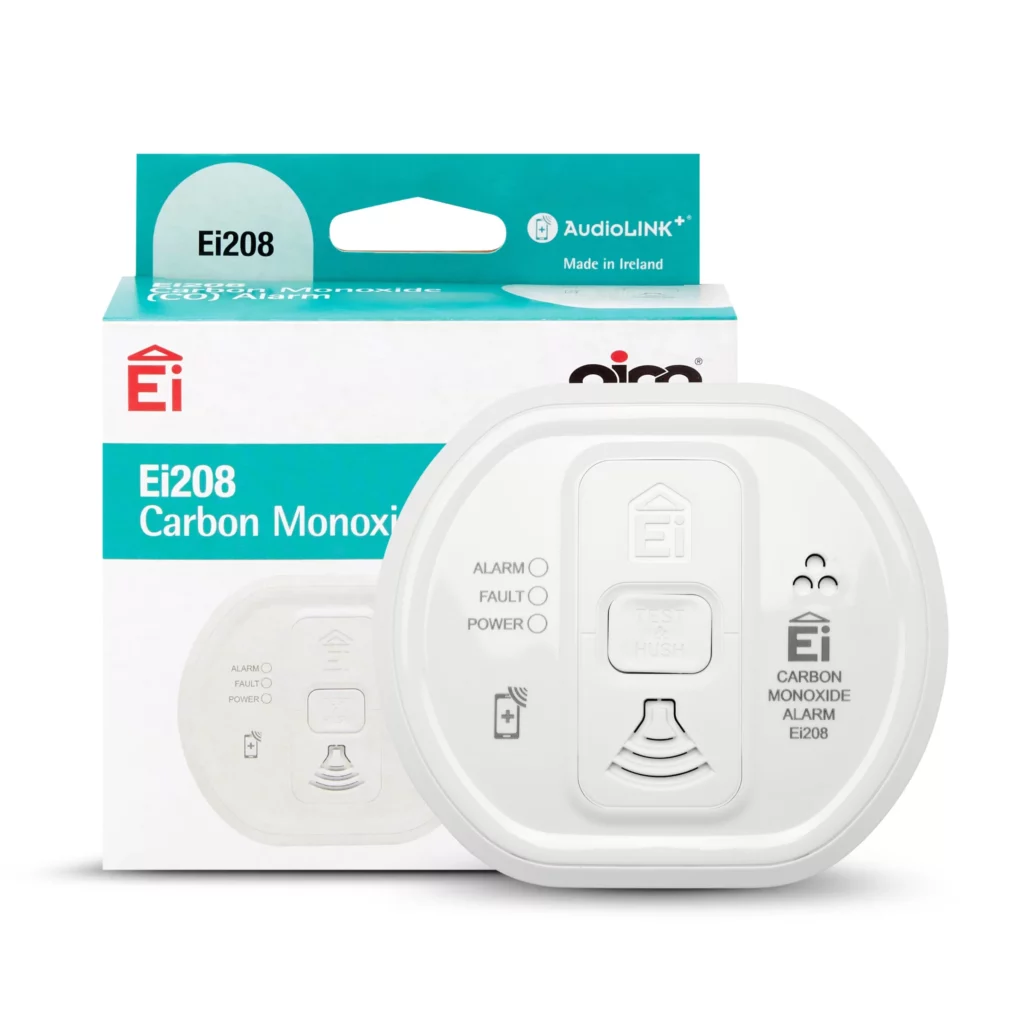
Why Are Carbon Monoxide Alarms Important?
Carbon monoxide alarms are important for several reasons:
1. Health and Safety
Carbon monoxide poisoning can cause symptoms like headaches, dizziness, confusion, and nausea. In severe cases, it can lead to unconsciousness or even death. A CO alarm provides early warning before the gas reaches dangerous levels, giving occupants time to evacuate or address the source of the problem.
2. Compliance with Regulations
In many regions, having a carbon monoxide alarm installed is not just a safety recommendation but a legal requirement. Building codes and regulations often mandate CO alarms in specific areas of a home, such as near sleeping areas or fuel-burning appliances.
3. Protection Against Faulty Appliances
Appliances like gas heaters, stoves, and fireplaces can sometimes malfunction, leading to carbon monoxide buildup. A CO alarm helps to ensure that any faults are detected early, preventing potential health hazards.
4. Peace of Mind
Knowing that you have a reliable CO alarm in place gives you peace of mind that you are protecting yourself and your loved ones from the risks associated with carbon monoxide.
Types of Carbon Monoxide Alarms
When choosing a carbon monoxide alarm, it’s important to understand the different types available. Each type offers unique features and benefits, catering to various needs and preferences.
1. Battery-Powered Carbon Monoxide Alarms
These alarms operate on batteries, which makes them ideal for locations without a nearby power outlet or for use in rental properties where permanent wiring might not be feasible.
- Advantages: Easy to install, portable, no need for wiring.
- Considerations: Regular battery replacement is required to ensure continuous operation.
2. Hardwired Carbon Monoxide Alarms
Hardwired alarms are connected directly to your home’s electrical system. They often come with a battery backup to ensure they continue to function during power outages.
- Advantages: Continuous power supply, less maintenance.
- Considerations: Installation may require professional help, especially if additional wiring is needed.
3. Combination Smoke and Carbon Monoxide Alarms
These alarms combine smoke detection with carbon monoxide detection, offering two-in-one protection in a single unit. They are convenient for reducing the number of devices you need to install and maintain.
- Advantages: Dual functionality, less clutter.
- Considerations: Ensure the device is reliable for both smoke and CO detection.
4. Digital Carbon Monoxide Alarms
Digital CO alarms feature a digital display that shows current CO levels, allowing for real-time monitoring. These are especially useful in understanding trends and ensuring that levels remain within safe limits.
- Advantages: Provides detailed information on CO levels.
- Considerations: May be more expensive than non-digital models.
Key Features to Look For
When purchasing a carbon monoxide alarm, there are several key features to consider to ensure you are getting a reliable and effective device.
1. Sensitivity and Accuracy
Look for alarms that meet industry standards for sensitivity and accuracy. The alarm should be able to detect low levels of carbon monoxide quickly to provide early warning.
2. Alarm Volume and Tone
The alarm should have a loud enough sound to wake occupants from sleep or alert them in noisy environments. Check for alarms with a volume of at least 85 dB at 10 feet, and consider models with multiple alarm tones for different types of alerts.
3. Test and Silence Buttons
A test button allows you to verify that the alarm is functioning properly, while a silence button can temporarily mute the alarm during non-emergency situations, such as when testing the device or dealing with a minor issue.
4. Expiry Date and Battery Life
CO alarms typically have a lifespan of 5 to 7 years. Check the manufacturer’s recommendations for replacement, and ensure that the battery life (for battery-powered models) is long enough to minimize maintenance.
5. UL Certification
Ensure that the CO alarm is certified by a recognized testing laboratory, such as Underwriters Laboratories (UL). This certification indicates that the alarm meets stringent safety and performance standards.
Installation Tips
Proper installation is crucial for the effectiveness of a carbon monoxide alarm. Follow these tips to ensure optimal performance:
1. Placement
- Near Sleeping Areas: Install CO alarms in or near sleeping areas to ensure that you are alerted if CO levels become dangerous while you are asleep.
- Near Fuel-Burning Appliances: Place alarms near appliances like gas heaters, stoves, or fireplaces, where carbon monoxide is most likely to be generated.
- Avoid Obstructions: Do not install CO alarms near windows, doors, or vents where airflow might affect the sensor’s accuracy.
2. Height
CO alarms can be installed on walls or ceilings, depending on the manufacturer’s recommendations. Generally, installing them on the ceiling or high on a wall (at least 5 feet above the floor) is effective, as carbon monoxide is slightly lighter than air and will rise.
3. Regular Maintenance
Test your CO alarm regularly (monthly) using the test button and replace the batteries (if applicable) annually. Also, clean the alarm periodically to ensure that dust or debris does not interfere with its operation.
4. Professional Installation
For hardwired models or if you are unsure about proper placement, consider hiring a professional to ensure that the alarm is installed correctly and meets local regulations.
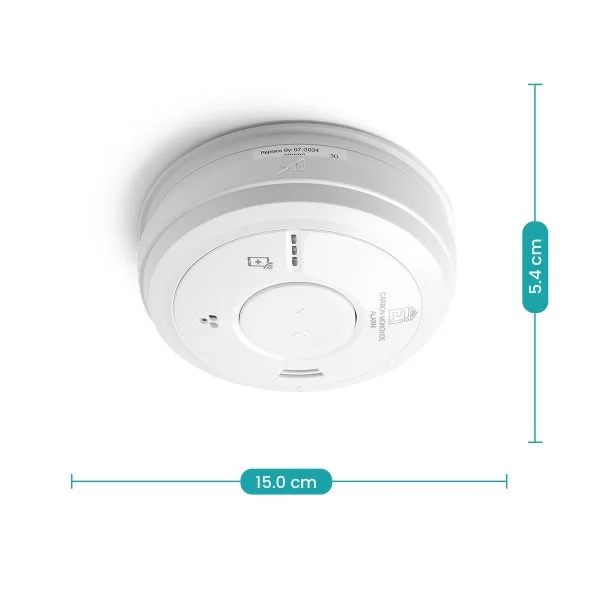
Aico Carbon Monoxide Alarms: Why Choose Them?
Aico is a leading brand in the field of fire and carbon monoxide safety products. Here’s why their CO alarms are a top choice:
1. High Quality
Aico is known for producing high-quality, reliable CO alarms that meet stringent safety standards. Their products are rigorously tested to ensure accurate detection and long-term durability.
2. Advanced Technology
Aico incorporates advanced sensing technology and features into their CO alarms, offering enhanced performance and reliability. Features may include digital displays, self-testing capabilities, and comprehensive alarms.
3. User-Friendly
Aico alarms are designed with user convenience in mind. They offer easy installation, intuitive operation, and straightforward maintenance, making them accessible for all users.
4. Compliance with Standards
Aico products comply with industry standards and regulations, ensuring that their CO alarms provide reliable protection in accordance with safety guidelines.
Frequently Asked Questions
1. How often should I replace my carbon monoxide alarm?
Carbon monoxide alarms generally need to be replaced every 5 to 7 years, or according to the manufacturer’s instructions. Check the expiration date on the alarm and replace it as needed.
2. Can I install a carbon monoxide alarm myself?
Yes, many CO alarms are designed for easy DIY installation. However, if you are installing a hardwired model or have any concerns about placement, consider hiring a professional.
3. What should I do if my carbon monoxide alarm goes off?
If your CO alarm sounds, immediately move to fresh air outside and call emergency services. Ensure that all fuel-burning appliances are turned off and seek professional help to identify and fix the source of the carbon monoxide.
4. How do I test my carbon monoxide alarm?
Most CO alarms have a test button that allows you to check the functionality of the alarm. Press the button to ensure that the alarm sounds and performs correctly. Follow the manufacturer’s instructions for testing and maintenance.
Conclusion
A reliable carbon monoxide alarm is an essential safety device for protecting your home and loved ones from the dangers of carbon monoxide. By understanding the types of alarms available, key features to consider, and proper installation techniques, you can make an informed decision when purchasing a CO alarm.
Aico offers high-quality carbon monoxide alarms that provide accurate detection, advanced technology, and user-friendly features. With the right CO alarm in place, you can ensure that your environment remains safe from the invisible threat of carbon monoxide.
See our full range of Aico Alarms here!

